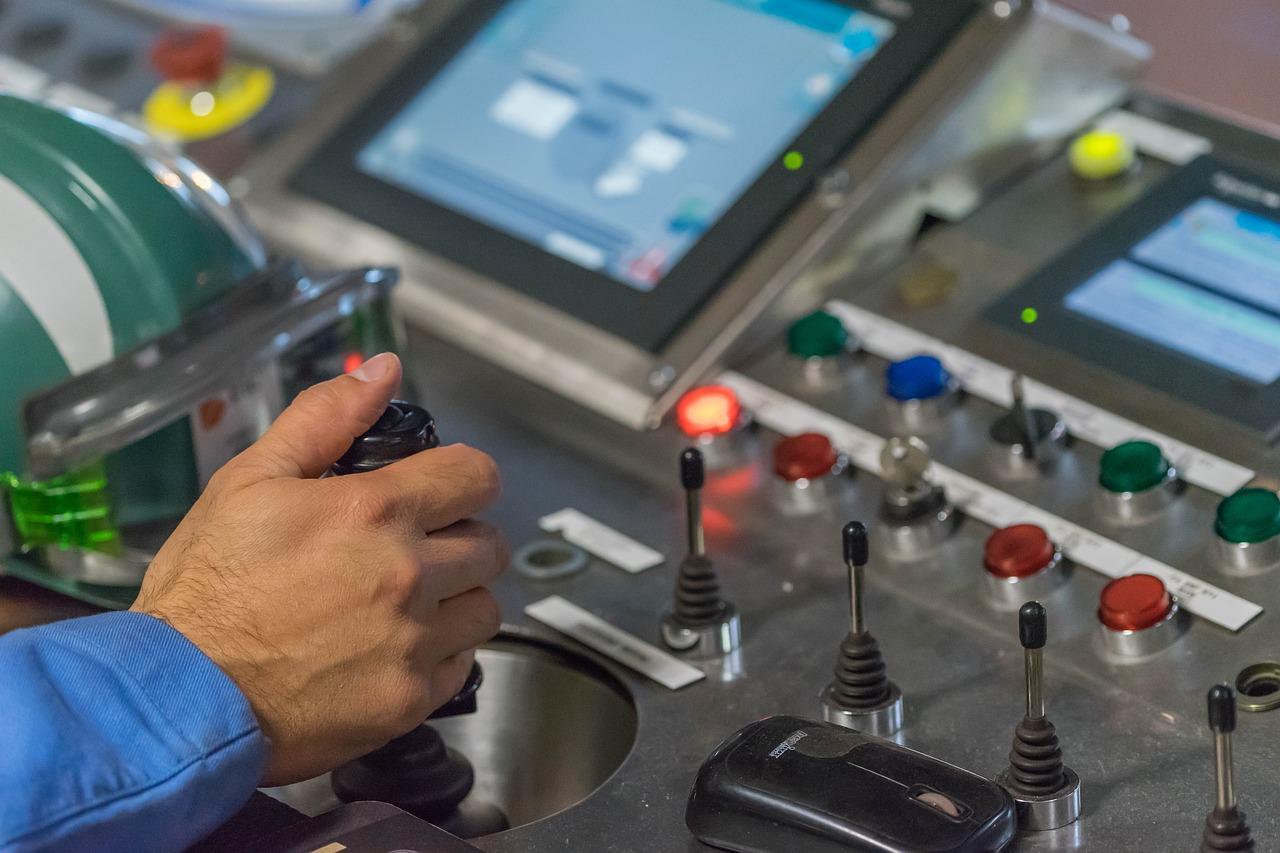A conveyor control system is a fundamental element in industries relying on the efficient movement of goods or materials. By automating the way conveyors function, these systems ensure seamless operations, reduce downtime, and maximize productivity. Whether you're running a manufacturing unit, logistics hub, or a warehouse, an optimized conveyor control system is integral to achieving operational success.
This article will provide an overview of what conveyor control systems are, their benefits, and how businesses can implement them to streamline their processes.
What is a Conveyor Control System?
A conveyor control system manages and regulates the movement of items or materials on a conveyor belt. These systems use various technologies, including programmable logic controllers (PLCs), sensors, computer systems, and software tools, to automate processes.
Modern conveyor control systems go beyond simply moving items from one place to another. They integrate advanced features like speed control, object detection, and load monitoring, enabling efficient sorting, tracking, and routing of goods.
The adaptability of these systems makes them suitable for various industries, such as manufacturing, e-commerce, and food processing.
Key Benefits of a Conveyor Control System
Implementing a conveyor control system can transform the way your business operates. Here are some of the primary benefits:
1. Improved Efficiency
Automation reduces human intervention and increases the speed at which goods are sorted and moved. With functions like variable speed drives and automated start/stop mechanisms, conveyor systems operate at optimum performance levels.
2. Reduced Errors
Manual operations are prone to errors, such as misplaced or damaged goods. Conveyor control systems use sensors and automated tracking features to minimize these risks. For instance, weight sensors prevent overloading, ensuring goods are handled safely.
3. Lower Operational Costs
Efficient control systems reduce energy usage and maintenance costs. Advanced monitoring helps identify potential issues early, saving money on extensive repairs or downtime.
4. Enhanced Safety
Safety is a critical aspect in industrial environments. Conveyor control systems include emergency stop features, speed monitoring, and automatic shutdowns during malfunctions, significantly improving workplace safety.
5. Scalability
These systems are designed to grow with your business. As your operations expand, advanced technologies allow you to upgrade and integrate new conveyor lines seamlessly.
How Does a Conveyor Control System Work?
Conveyor control systems function through a combination of hardware and software. Here’s a closer look at their components and operation:
Components of a Conveyor Control System
- Sensors: These detect objects, measure weight, and monitor belt speed.
- PLC (Programmable Logic Controller): Acts as the brain of the system, processing data and executing predefined instructions.
- Variable Speed Drives: Control the speed of motors depending on the workload.
- Human Machine Interface (HMI): Provides operators with real-time data and control options via a user-friendly screen.
- Networking Devices: Ensure seamless communication between various system components.
Operational Process
- Sensors detect items on the conveyor belt and transmit data to the PLC.
- The PLC processes this data and sends instructions to components like motors and actuators.
- Actions such as starting/stopping the conveyor, changing speeds, or rerouting items are performed based on predefined logic.
- Real-time monitoring systems track progress and alert operators to potential issues.
Industries Leveraging Conveyor Control Systems
Many industries rely on these systems to streamline their processes. A few examples include:
1. Manufacturing
Automated systems ensure raw materials and finished products move effortlessly through assembly lines, reducing bottlenecks.
2. E-commerce and Warehousing
Conveyor control systems play a crucial role in order fulfillment. They sort, route, and deliver parcels efficiently, meeting high consumer demand.
3. Food and Beverage
With strict hygiene standards, automated systems ensure safe and precise handling of products. They also help with packaging and sorting tasks.
4. Mining
Heavy loads and challenging environmental conditions make conveyor control systems indispensable in mining operations.
How to Get Started with a Conveyor Control System
Understanding the specific needs of your business is the first step in designing an effective conveyor control system. Partnering with an experienced provider ensures the system is designed to meet your operational goals.
At Xtreme Automation LLC, we specialize in custom solutions that enhance conveyor operations. Our expertise spans PLC programming, sensor integration, and real-time monitoring, ensuring that your conveyor control system delivers optimal performance.
Final Thoughts
A well-implemented conveyor control system is more than just an operational tool; it is a competitive advantage. By automating your processes, improving efficiency, and ensuring safety, these systems help you achieve higher productivity and lower costs.
If you're considering upgrading or implementing a new system, reach out to trustworthy experts like Xtreme Automation LLC to ensure your investment is successful. Transform your operations today with cutting-edge conveyor technology.
